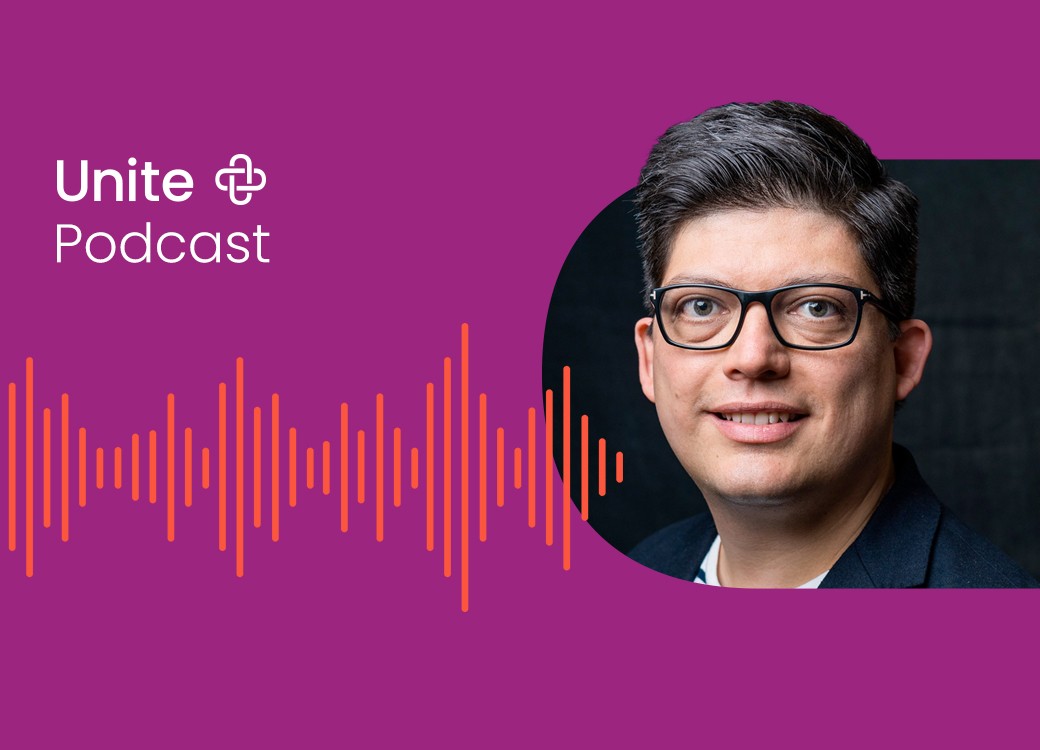The Covid-19 pandemic has significantly impacted the e-procurement industry, leading to several changes, from accelerating the adoption of e-procurement systems to driving digitisation and promoting sustainability. Unite spoke to industry experts to get their take on the matter.
Changes in buyer-supplier dynamics
Member of Unite’s Executive Board, Christel Constant, says changes are being witnessed on both sides, between suppliers and buyers. Scarcity has increased for buyers and having a choice of multiple suppliers (as provided by Unite) is an advantage. There are also instances when buyers decided to let go of their one-to-one relationships with suppliers – one sourcing strategy – to have more redundancy in supplier networks. Also, suppliers reluctant to come to digital marketplaces have realised that the marketplace is a great place to get visibility for their goods and services.
Dr Marcell Vollmer, CEO of Prospitalia Group, agrees and reiterates that the golden triangle for procurement – price, quality and timely delivery – holds good. Still, there’s a new addition to this, and that’s risk management. Vollmer says that in the past, it was about globalisation, where goods were procured based on the best price, no matter how far the goods had to be shipped from, but with the supply chain crisis, the focus is on glocalisation. Vollmer defines this as “globalisation with the right local setup”, contributing to sustainability.
Shifting roles: from cost-cutters to problem solvers
Christel Constant notices a palpable shift in procurement leaders’ roles and strategic positioning within companies. The procurement department is known as the cost-cutting heart of a company, adding that during the crisis, they had to don the mantel of a problem solver – identifying where to find new suppliers and how to ensure the supply of essential materials for their production line is guaranteed.
Digitalisation had a big role to play before Covid-19, especially in the purchase-to-pay processes that are less strategic – indirect or catalogue-based products – and companies were able to improve efficiency, reduce costs and increase transparency in their supply chain management.
However, the pandemic has highlighted the importance of digitalisation even more and now companies seek to accelerate compliant decentralisation and enable end users, so they can focus their time on other strategic topics.
Dr Vollmer’s takes on post-Covid KPIs are interesting to note as the focus is in keeping with ESG, labour and sustainability standards. He says that in the past we were mostly driven by hard savings. However, companies are seeking to be much more transparent post-Covid and real-time monitoring is crucial.
The benefits of e-procurement, such as increased efficiency, cost savings and improved supplier relationships have become even more apparent during the pandemic. As we move forward, e-procurement will likely continue to play a vital role in procurement processes, providing a secure and efficient means of conducting business in a post-Covid world.
Discover our latest stories and insights

Indirect tail spend matters in procurement strategies
Indirect tail spend represents around 20% of a company’s spending. Learn more about tail spend challenges and how to gain significant savings.

Tackling VUCA and dynamic markets
Unite CEO Dr Sebastian Wieser answered exciting questions about the biggest challenges of our time: volatility, scarcity and inflation, at the 2022 Digital Procurement World Conference in Amsterdam. Watch the video interview and learn more about...

Unite Podcast #34: Crisis time is procurement time
Why procurement takes on a leading role in times of crisis

Unite becomes first platform business to secure Fair Tax Mark accreditation
Unite has been awarded the Fair Tax Mark by the Fair Tax Foundation, and becomes the first platform business to secure accreditation to the global...
